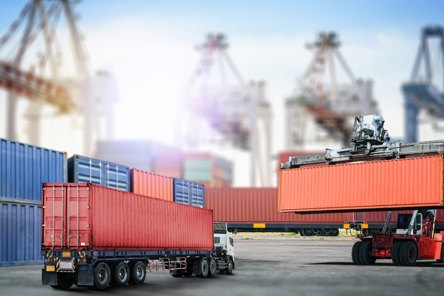Drayage is a forward-looking indicator on the impact of “zero COVID” in the movement of trade in China. People are needed to drive the trucks. Roads must be open to reach factories and warehouses — which, of course, must also be open.
The drayage component of trade is essential, especially to ensure the fluid transportation of empty and full containers.
Without all of this, it doesn’t matter how many vessels are available.
The multiple testing hurdles and current stay-at-home orders in China are slowing down this critical movement of trade and increasing prices. This is yet another inflationary red flag.
Logistics managers in China are alerting clients to provide clarity on the evolving situation.
“To communicate more effectively with our clients, we have broken down restrictions and changes to airfreight, ocean freight and trucking by city affected, as dynamic zero-COVID measures vary by province,” explained Jasmine Wall, commercial manager of Asia-Pacific for Seko Logistics.
“Some areas are more stringent than others. There is no set standard and it is very fluid, where things can change multiple times a day. Thankfully, what is helping us currently is we don’t have a large backlog of freight for customers being pushed out, similar to what we saw following the initial COVID wave in 2020.”
Wall said depending on what part of Shanghai a person resides in depends on the severity of the lockdown. For example, some areas of Shanghai are still locked down with people unable to leave their housing areas. They also face more enforced testing, while other zones have opened up with people free to move.
For the Seko Shanghai office, it is now open but staff must have five days of COVID negative tests in order to enter — and 58% of the staff are still in residential areas of lockdown.
SOURCE: Freightwaves.com by Lori Ann LaRocco March 21 2022





